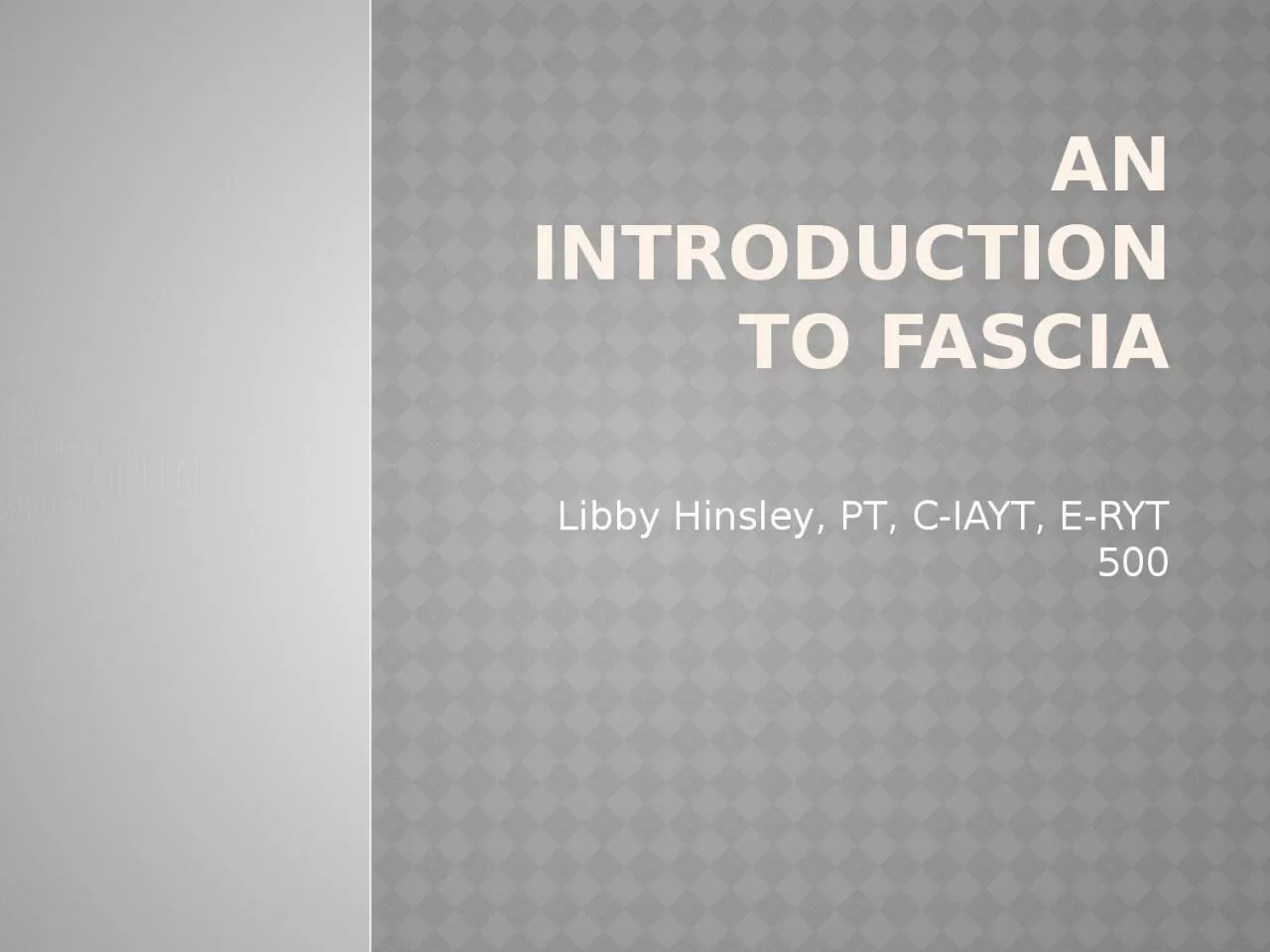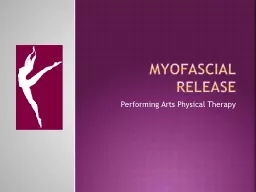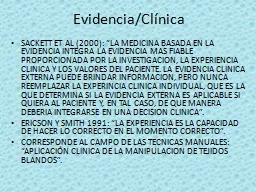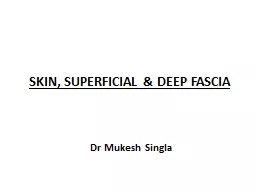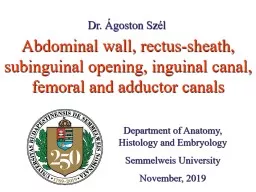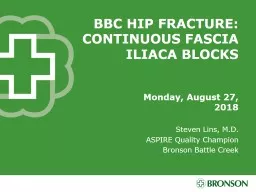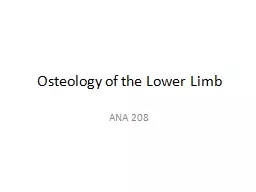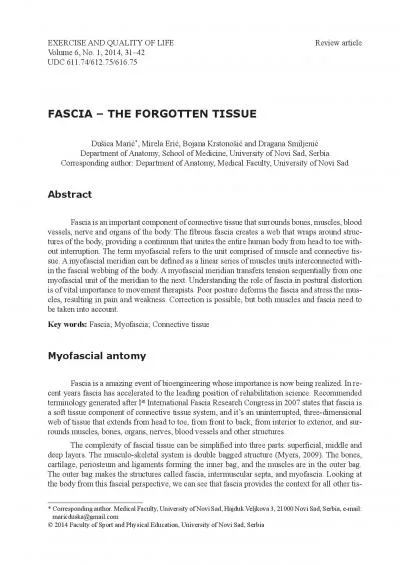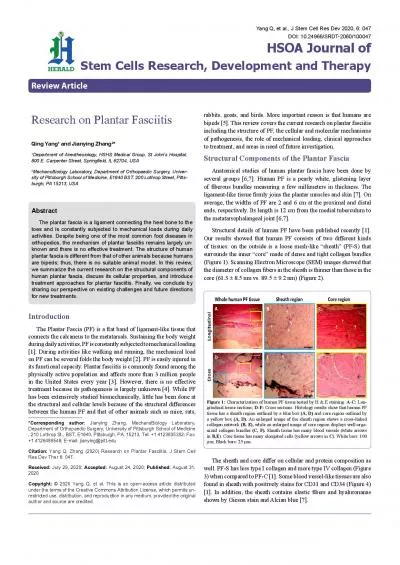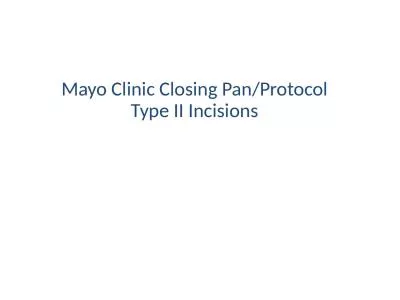PPT-An introduction to fascia
Author : hadley | Published Date : 2022-06-08
Libby Hinsley PT CIAYT ERYT 500 Muscle and Fascia terms Muscle Fascia Myofascial system Myofascial release Fascial stretching muscle Muscle is the contractile
Presentation Embed Code
Download Presentation
Download Presentation The PPT/PDF document "An introduction to fascia" is the property of its rightful owner. Permission is granted to download and print the materials on this website for personal, non-commercial use only, and to display it on your personal computer provided you do not modify the materials and that you retain all copyright notices contained in the materials. By downloading content from our website, you accept the terms of this agreement.
An introduction to fascia: Transcript
Download Rules Of Document
"An introduction to fascia"The content belongs to its owner. You may download and print it for personal use, without modification, and keep all copyright notices. By downloading, you agree to these terms.
Related Documents

